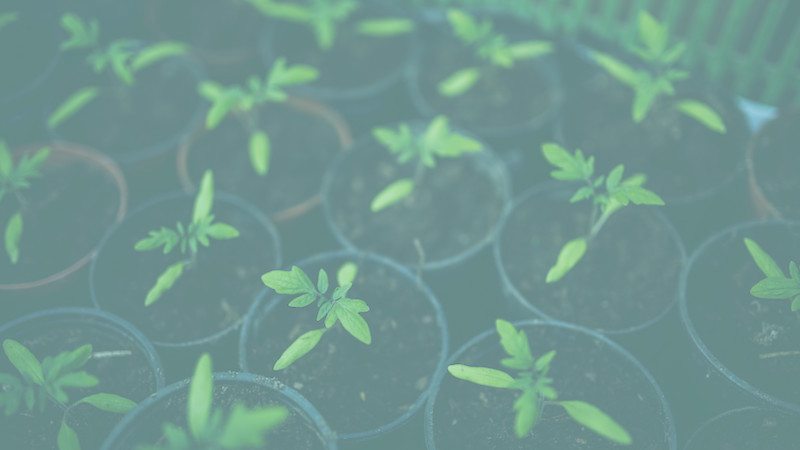Mindset: Abundance vs. Deprivation
Episode #2 of the course How to go vegan by Karina Inkster
Today we’re going to talk about your mindset, which is extremely important in your journey toward a plant-based diet. Vegan-related or not, our media are riddled with harmful food-related messages, and unhealthy relationships with food are unfortunately common in our culture. Let’s make your transition toward a plant-based diet a positive, enriching experience rather than something that makes you feel deprived.
Before you start worrying about all the foods that are “off limits” in a vegan diet, remember that some of your current favorite foods are already vegan. This might include wine, chocolate, coffee, and even Oreos (yes, they’re vegan!)
Also, remember that there are great vegan alternatives available for most animal products, including cheeses, ice cream, yogurt, eggs, milk, and all varieties of meat. These days, you can easily find ready-made vegan pizzas, baked goods (including cake mixes), all types of candy, jerkies, and more. While these foods are typically more processed and not as healthy as whole foods, they do certainly satisfy a craving (and make a delicious treat).
So, instead of focusing on the animal-based foods you can’t eat, let’s focus on all the plant-based foods you can eat. There’s a fascinating and delicious variety of plant-based foods many people have never even tried. Your goal is to “crowd out” animal-based foods in your diet by loading up on vegetables, fruits, legumes, nuts, seeds, plant-based milks, and whole grains—and the occasional treat!
Here are some unique and healthy (but not hard to find) plant-based ingredients you may never have heard of:
• Amaranth: A grain that was a staple of the Aztecs.
• Orca bean: Also called calypso bean, it’s patterned black and white like orca whales!
• Teff: Also called injera, it’s the world’s smallest grain and is used extensively in Ethiopian cuisine.
• Sacha inchi: A large, nutty seed that’s one of the most potent plant-based sources of omega-3 fatty acids in the world.
• Freekeh: A traditional food of the Middle East, it’s roasted and cracked green wheat.
• Dulse: A sea vegetable used as a seasoning in a great variety of dishes.
Want to branch out beyond your usual cuisine choices? Thai, Ethiopian, Japanese, Chinese and Vietnamese Buddhist, and Indian cuisines are fantastic for plant-based meal options. Most of these cuisines don’t use much (if any) diary, so “veganizing” their meals is simple.
Legal scholar and author Gary L. Francione said it best: “Veganism is not about giving anything up or losing anything; it is about gaining the peace within yourself that comes from embracing nonviolence and refusing to participate in the exploitation of the vulnerable.”
In tomorrow’s lesson, we’re going to start “veganizing” your breakfast.
Recommended book
“Eat Like You Care: An Examination of the Morality of Eating Animals” by Gary L. Francione and Anna Charlton. The authors explain why our use of animals for food runs counter to the widely shared moral intuition that harming animals unnecessarily is wrong and address more than 30 common questions and objections regarding veganism.
Share with friends

